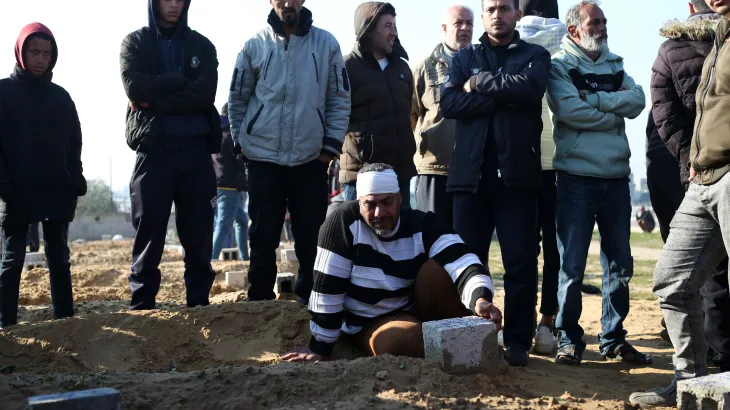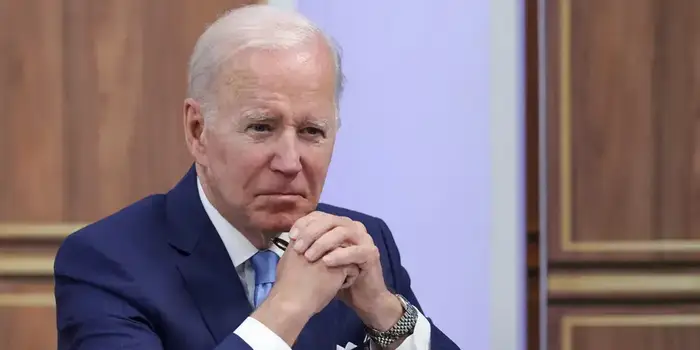President Joe Biden says Israel-Hamas ceasefire is imminent. In a recent announcement that has drawn global attention, This development comes after intense diplomatic efforts and widespread calls for peace following escalated conflict. As the world watches closely, questions arise about the nature of the ceasefire agreement and its implications for the future. This blog post explores the potential contours of a ceasefire deal, the challenges it faces, and the broader impact on the Israel-Palestine conflict.
The Framework of a Ceasefire
Key Components of the Agreement
A ceasefire agreement between Israel and Hamas would likely include several critical components aimed at de-escalating the current conflict. These could involve the cessation of hostilities, withdrawal of troops, and mechanisms for monitoring and ensuring compliance with the ceasefire terms.

Guarantees and Assurances
For a ceasefire to be effective, both parties may require guarantees or assurances from each other and from international mediators. This could include commitments to refrain from targeting civilian areas, reopening of border crossings for humanitarian aid, and discussions on more substantive issues at a later stage.
Diplomatic Efforts Behind the Scenes of Biden says Israel-Hamas
Role of International Mediators
The United States, along with other international actors such as the United Nations, Egypt, and Qatar, has likely played a significant role in mediating discussions between Israel and Hamas. The success of a ceasefire may hinge on the continued involvement of these mediators in ensuring compliance and addressing violations.
Challenges to Achieving Consensus
Achieving consensus on a ceasefire involves navigating complex political dynamics and deep-seated mistrust between Israel and Hamas. The negotiation process must address immediate security concerns while laying the groundwork for addressing longer-term issues.
Implications for the Israel-Palestine Conflict
Immediate Impact on Civilians
An immediate ceasefire would provide much-needed relief to civilians caught in the crossfire, allowing for the delivery of humanitarian aid and the restoration of essential services in affected areas.
Prospects for Long-Term Peace
While a ceasefire can halt current hostilities, the underlying issues fueling the Israel-Palestine conflict remain. A sustainable peace solution requires addressing contentious issues such as borders, the status of Jerusalem, Palestinian statehood, and the right of return for Palestinian refugees.
The Path Forward Biden says Israel-Hamas
Building on the Ceasefire
The international community’s role does not end with the achievement of a ceasefire. Efforts must continue to support dialogue between Israeli and Palestinian leaders, address humanitarian needs, and work towards a comprehensive peace agreement.
The Importance of International Support
Sustained international support and pressure are crucial for maintaining the ceasefire and encouraging progress towards a lasting resolution. This includes diplomatic engagement, economic assistance, and support for civil society initiatives aimed at reconciliation.
President Biden’s announcement of an imminent ceasefire between Israel and Hamas offers a glimmer of hope amidst the devastation of recent conflict. While the details of the agreement are yet to unfold, the potential ceasefire marks a critical step towards de-escalation. However, the path to lasting peace in the region is long and fraught with challenges. It requires not only the cessation of hostilities but also a concerted effort to address the root causes of the conflict and build a future based on justice, security, and mutual respect for both Israelis and Palestinians.
Latest Updates that are Inspired by Aljazeera
Read more Articles here
